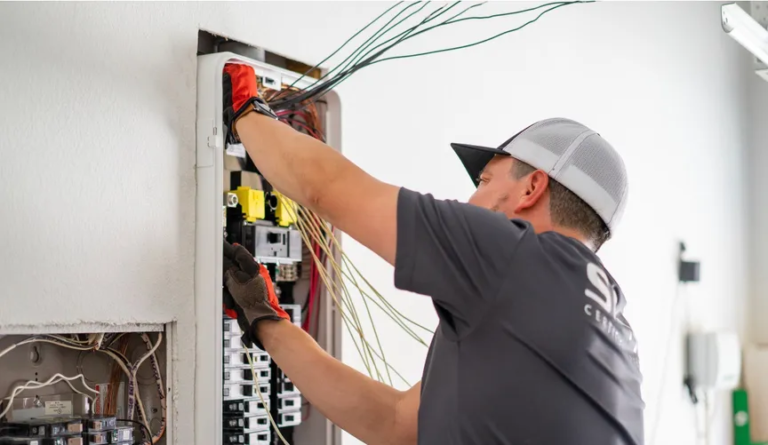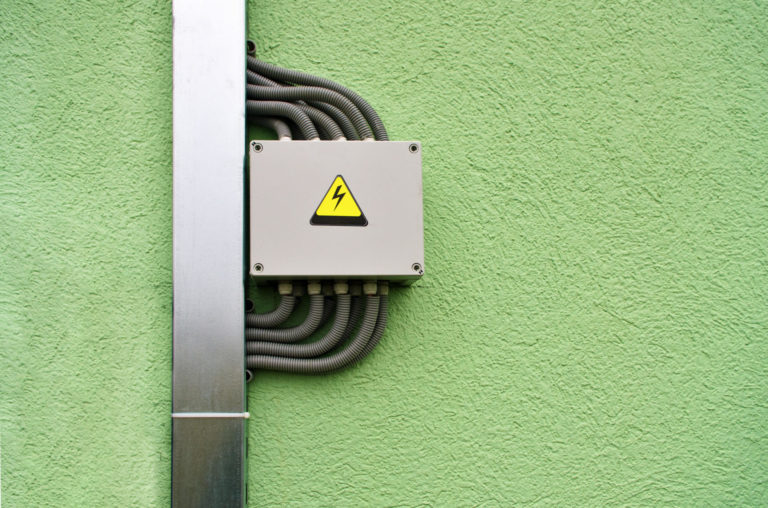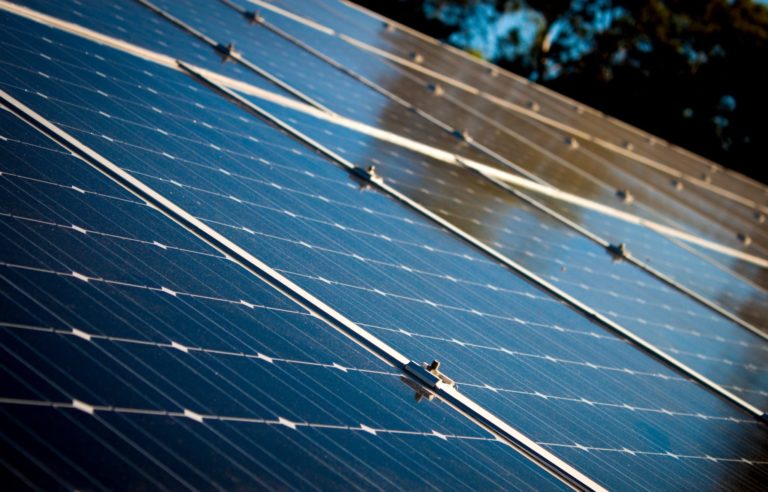September 18, 2019
Last week, we hosted Edward Klump and Mike Lee from E&E News as they started their 1,000 mile journey from Houston to Nashville in an EV. Along the way, they’re stopping to write and share news about what’s happening in this fast-growing market.
You can review their Week One video recap, where Pecan Street and Austin Energy got a nice shoutout for our research on how EVs can play a role as a dispatchable electricity resource, and read their blog post that dives into our vehicle to grid research (below the video).
You can follow their trip at E&E News.
Vehicle to grid? Tech hub takes a look.
The work underway here goes to the heart of what electric vehicles could become — an asset to the grid when demand is highest. That’s why we visited Pecan Street Inc. and this curious car yesterday.
In theory, it’s simple. A laptop screen showed us when the Leaf’s battery began sending electricity out instead of taking it from the grid.
“If you’re negative, you’re charging, therefore paying” the utility, said Andrea Tosi, power systems specialist at Pecan Street. “If you’re green, you’re discharging, therefore getting paid by the utility.”
Tosi said the battery is 40 kilowatt-hours. At the rate we saw demonstrated yesterday, the car could discharge for four hours, she said.
Pecan Street, a nonprofit, works in tandem with solar and storage ventures at Austin Energy and with various government and utility programs and incentives. In this case, batteries in the garage and several other neighborhood locations are aggregated and presented to Austin Energy as a combined resource, Pecan Street said. The battery in the car is part of that.
The system can tell Austin Energy at any point what is available and what it expects to have available in several hours, letting it respond to commands from the utility, said Scott Hinson, chief technology officer at Pecan Street.
The implications are big for a state like Texas, where it gets really hot in the summer. Lower peaks could help redefine what assets and infrastructure are needed — and how much customers ultimately have to pay. Maybe residents could trade power among themselves under the right setup.
Pecan Street has been around for about a decade. It has looked at the integration of smart home technology, solar and other elements of an advanced grid.
A lot of Pecan Street’s information comes from volunteers who allow researchers to monitor their energy use while preserving data anonymity. Pecan Street has about 1,200 participants nationally, including a cluster of homes in Mueller, a neighborhood that, like so much of Austin, is passionate. People here are into tech and the environment.
The Leaf pilot project seems to be going well. But there are questions about how a broader rollout of vehicle-to-grid use might occur.
Will auto manufacturers be on board with the use of batteries this way? Will the equipment needed to send car power to the grid be scaled down to a workable size?
For now, there are times some batteries in this neighborhood aren’t available to send power to the grid. Maybe they get too hot and need to cool down. Or maybe the Leaf is busy with its day job.
“When the car drops to 40 miles of range, even if the utility desperately wants more energy out of the car, we’re like, ‘No, sorry, we need to be able to drive the car,'” Hinson said.

















